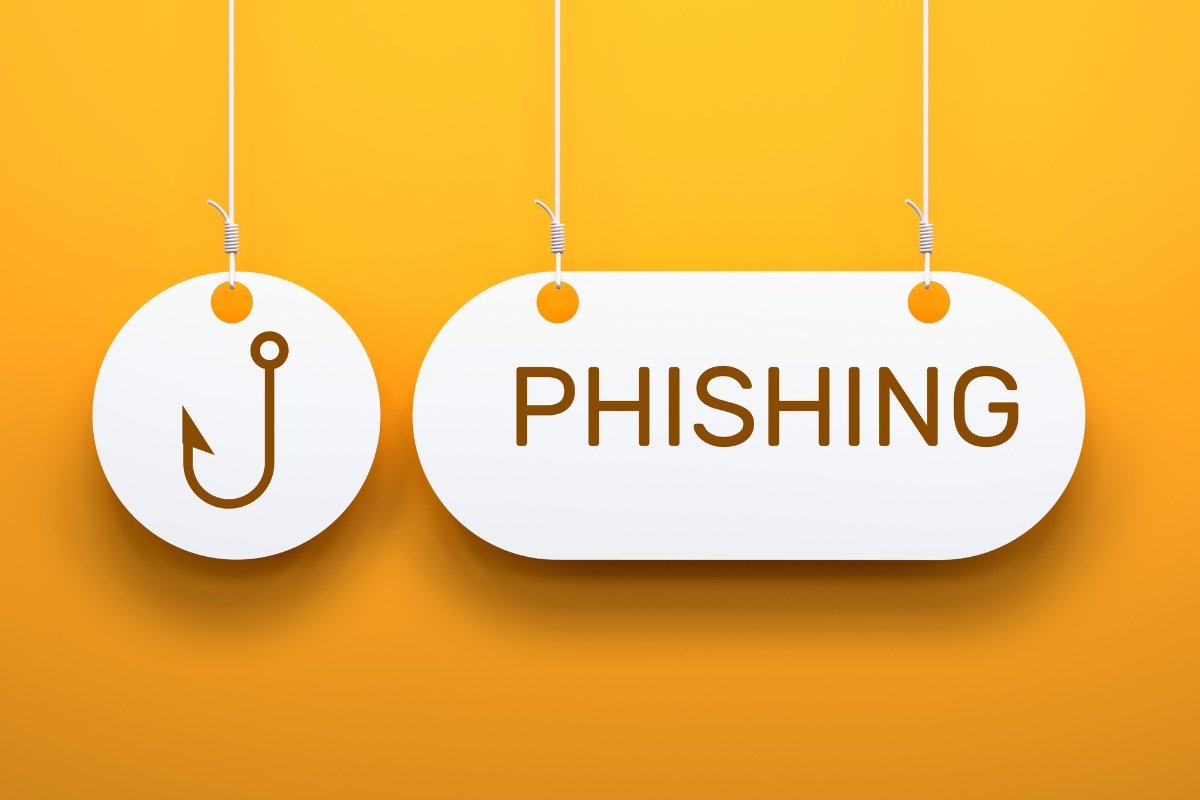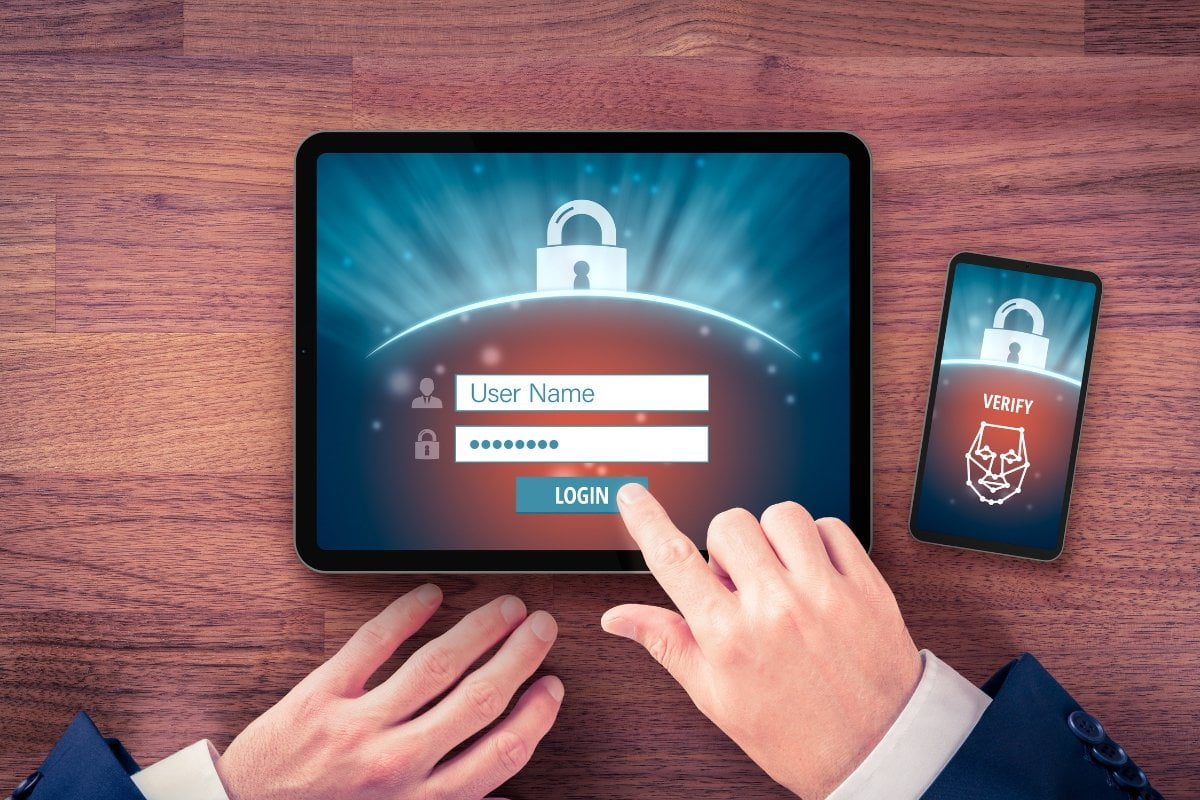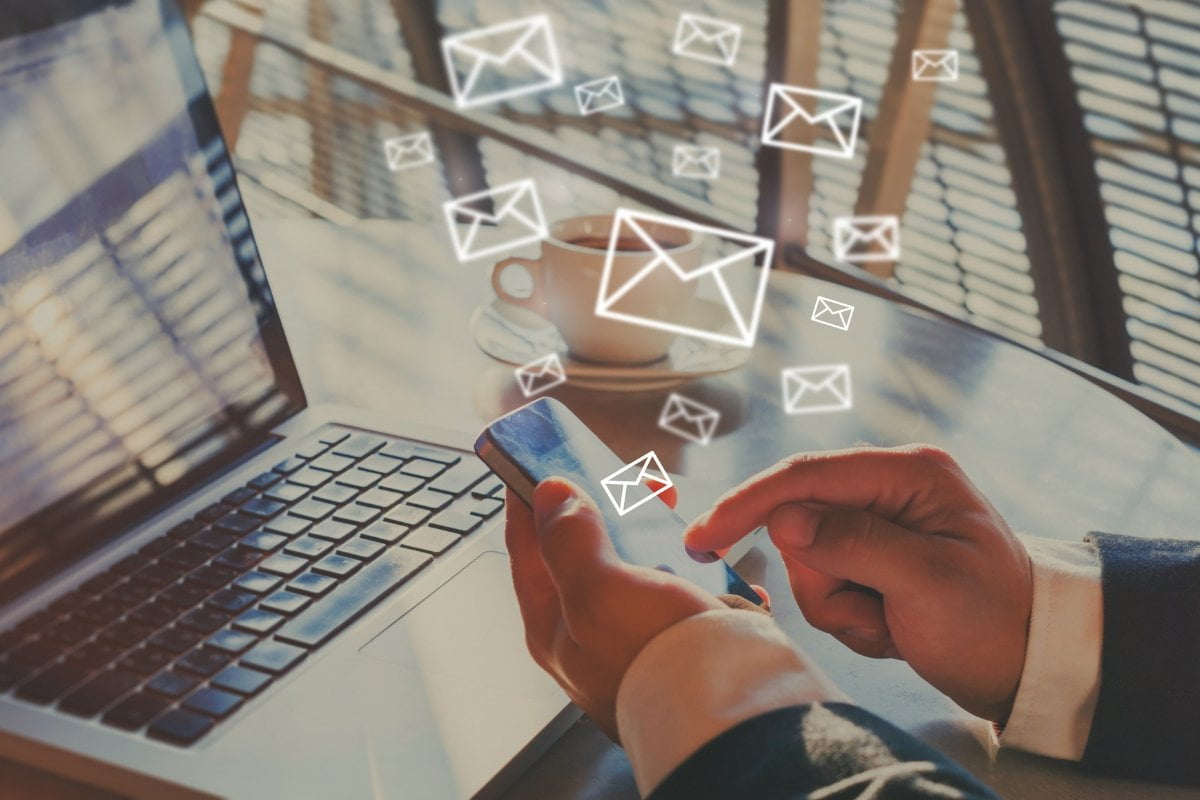This blog post will provide tips to help recognize a fake email when you receive one. It’s becoming increasingly difficult to tell the difference between real emails and ones sent by malicious actors. Fake emails are designed to look identical to legitimate communications, and they’re crafted to appear professional, so much so that even tech-savvy people can be fooled. Unfortunately, unsuspecting recipients can easily become a victim of cyber fraud or identity theft if they click on any links within a fake email. This is why it’s important to know how to spot a fake email before responding to it.
In this blog post, we’ll go through a few warning signs that can help you identify a fake email. We’ll discuss the various techniques criminals use to craft fake emails, like spoofing and phishing. We’ll also go over the steps to take if you receive a suspicious email, as well as the best practices to follow in order to protect yourself from malicious actors. With these tips in hand, you’ll be able to tell the difference between real emails and fake emails and stay one step ahead of cyber criminals. So whether you’re a tech novice or a seasoned security expert, this blog post can give you the tools you need to stay safe online.
What is a Fake Email?
A fake email is a message, either sent to or from an email address, that is not from the original sender or intended recipient. Fake emails are often used for phishing and other malicious activities. Fake emails can be difficult to detect as they usually appear to be from a legitimate sender. However, there are a few warning signs that can help you identify a fake email.
It pays to be alert for signs that an email you receive might not be legitimate. Fake emails, also known as phishing emails, are sent with the purpose of attempting to gain access to confidential information such as usernames, passwords, and credit card numbers. When it comes to fake emails, it’s important to remain vigilant in order to protect your data from malicious intent.
One of the most common warning signs of a fake email is if the sender’s address seems suspicious. If the sender’s email address contains misspelled words or unrecognizable characters, it’s likely a fake. It’s also important to pay attention to the message itself. Fake emails often contain language that is not grammatically correct or that contains broken English. Additionally, if a message contains generic phrases such as “Dear valued customer” or “We value your business”, it’s likely a fake.
Fake emails often contain phishing links that lead to malicious websites, so be wary of any links within an email. Check the link before clicking on it – if it looks suspicious, don’t click it. Additionally, be aware of emails that come from unfamiliar sources and contain attachments. If you’re not expecting an email from a particular sender, it’s best to delete it without opening it, as it could contain malware or a virus.
It’s also worth noting that fake emails can often appear to be from legitimate companies. They’re usually sent from an address that looks similar to a real company address, but with a few differences. If you receive an email from a company and you’re not sure if it’s legitimate, contact the company directly to verify its authenticity.
Fake emails can be convincing and they can be used to gain access to your confidential information. It’s important to remain vigilant and look out for the warning signs of a fake email. Pay attention to the sender’s address, the language used in the email, any links or attachments, and whether the message appears to be from a legitimate company. Taking these precautions will help you protect your data from malicious intent.

Common Warning Signs of a Fake Email
Fake emails are an increasing problem on the internet, and they can cause a lot of damage to both individuals and businesses. It’s important to be able to recognize the warning signs of a fake email so that you can avoid falling victim to a scam. Here are some of the common warning signs of a fake email:
- Unfamiliar Sender: Fake emails often come from unfamiliar senders. If you don’t recognize the sender or their email address, be sure to double-check before you open the email or click any links contained in it.
- Spoofed Sender: Fake emails sometimes come from a sender that looks familiar, but is actually a spoofed address. To avoid this, make sure to check the email address carefully and look out for any slight spelling variations or extra letters in the address.
- Urgent Language: Fake emails often use urgent language to try and get the recipient to act quickly. If the email contains phrases like “act now” or “time is running out”, be sure to do your due diligence before clicking any links or taking any action.
- Poor Grammar: Fake emails are often written by those who are not native English speakers, and thus often contain poor grammar or spelling errors. If the email contains phrases that don’t make sense, be sure to double-check before taking any action.
- Unusual Attachments: Fake emails sometimes contain attachments that are either malicious or designed to extract personal information. If you receive an attachment in an email, be sure to scan it with a trusted antivirus software before opening it.
By being aware of these warning signs, you can protect yourself and your business from the damage caused by fake emails. It’s important to be vigilant when it comes to emails and always double-check before taking any action.

How to Report Fake Emails
Reporting fake emails is a critical step in preventing cybercrimes. It’s important to take immediate action to protect yourself and your data from harm. Here are some steps on how to report fake emails:
- First, investigate the email. Look for typos or any other signs that the email might be a scam. Check the sender’s email address and contact information. If the email is from someone you don’t know or if the information looks suspicious, it might be a fake email.
- Second, report the email. If you think it’s a fake email, report it to the email provider or online service you use. Depending on the service, you may be able to report the email in the user interface. Or, you may have to contact the email provider’s customer service department.
- Third, delete the email. When you’ve reported the email, you can delete it from your inbox. It’s important to delete any fake emails to avoid falling for any potential scams.
- Fourth, monitor your accounts. It’s important to monitor your accounts for any suspicious activity, like changes to your passwords or unexpected charges. If you see any unusual activity, contact your service provider and take action if needed.
By following these steps, you can help protect yourself from fake emails and other cybercrimes. Keep an eye out for suspicious emails and report any fake emails you find. If you’re ever unsure about a suspicious email, it’s best to delete it and contact your email provider for help.
Tips for Avoiding Fake Emails
Secure your email account with two-factor authentication to prevent hackers from accessing your emails. Two-factor authentication requires you to enter an additional code when signing in to your account. This code can be sent to your phone, email or an authenticator app.
Be aware of the sender’s address. Pay close attention to the email’s sender address and make sure it looks like a legitimate address. If the address looks odd or unfamiliar, be cautious and don’t open the email.
Check the grammar and spelling of the email. Fake emails are often written in poor grammar and spelling, so if you notice any mistakes, it could be a sign of a fake email. If you’re still unsure, you can do a quick online search of a sentence in the email to check if it’s from a legitimate source.
Check the embedded links. If an email contains a suspicious link, hover your mouse over it and check the URL. If it’s a fake email, the URL will likely not match the company or website in the email. It’s important to be aware of phishing emails, as clicking one of these links could download malicious software onto your device.
Be wary of any urgent messages. Fake emails often contain urgent messages to encourage you to click a link or provide confidential information. Legitimate businesses would never ask you to do this, so if you feel unsure, it’s best not to click the link or provide any information.
Be wary of any attachments. Fake emails can contain attachments with malicious software. Before downloading an attachment, make sure it’s from a trusted source. If you’re unsure, contact the sender via a separate email address to confirm the attachment.

Conclusion
Now that you understand the warning signs of fake emails, it’s time to review the steps you should take to protect yourself from malicious emails. The most important thing to remember is to never click on any links or attachments in emails that you weren’t expecting. Even if you recognize the sender’s email address, it’s still a good idea to double-check with them to confirm that they sent the email and that it is legitimate.
If you do open a suspicious email, do not download any attachments it contains, as these files may contain harmful malware. Additionally, avoid providing sensitive information such as passwords, financial information, or other personal data in response to an email, even if it appears to be from a trusted source.
Another important step is to report the fake email to your internet provider and the sender’s email provider. This will help to inform other users about potential scams, and can also help to stop the sender from sending more fake emails.
Finally, make sure you keep your security software up to date with the latest security patches, and use strong passwords when sending and receiving emails. This will help to keep your data safe and secure. By following these steps, you can protect yourself from phishing attempts and other malicious emails.





